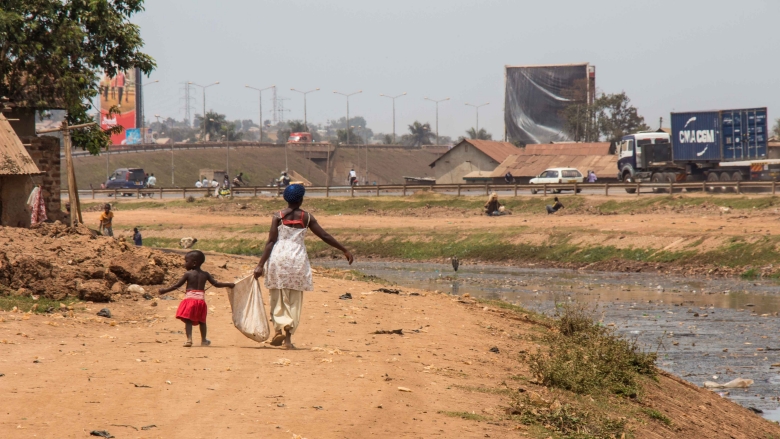Globally, an estimated one billion children age 2–17 are exposed to multiple forms of violence every year. On top of this, school closures due to COVID-19 have interrupted the education of millions of children and youth. The most vulnerable among them have been denied access to basic services like meal programs; resource personnel; recreation programs; extracurricular activities; and water, sanitation, and hygiene (WASH). Confined to their homes, these children are at risk of experiencing hunger and violence. Reported cases of sexual and physical violence against children have also increased during this pandemic.
Half of the refugee population in the world are below the age of 18. Though refugee children often flee from high levels of conflict, violence against children (VAC) can be especially pervasive mid-flight and at their destination of asylum, according to the UN Agency of Refugees. The disruption of households and community structures in refugee settings increases children’s vulnerability to multiple forms of violence, including child labor, trafficking, early marriage, and sexual exploitation, and abuse.
Women and children comprise 82 percent of the refugee population in Uganda, the largest refugee hosting country in Africa. Children represent 56 percent of the host population in Uganda, and share already strained basic services, including education, health facilities, and water, sanitation and hygiene.
The Government of Uganda is implementing the Development Response to Displacement Impacts Project (DRDIP), financed by the World Bank, to support investments in 14 refugee hosting districts through three types of subprojects: (i) social and economic services and infrastructures, including health, education and WASH services, (ii) sustainable environment and natural resources management; and (iii) livelihoods programs. This project takes a community-driven development approach by emphasizing participation of district leadership and local stakeholders in coordination with UNHCR and other development partners.
The DRDIP is making a tangible difference in improving the quality of life for both host communities and refugee children. For one, the education of children has improved with better educational facilities and enhanced learning environment, resulting in higher primary school enrollment, especially of girls. Improved health and WASH facilities are contributing to lowering morbidity and mortality incidences among children.
Despite much progress, several environmental and structural risks to children persists, particularly for girls. The project is being implemented in an environment fraught with discriminatory gender and social norms that perpetuate violence against women and girls. To address a number of these challenges, DRDIP has attempted to understand drivers of these risks and services that are available for both refugees and host community members. This mapping of violence against children and broader gender-based violence (GBV) services is providing an important evidence base for strengthening services and defining DRDIP’s role in appropriately responding to the risks.

